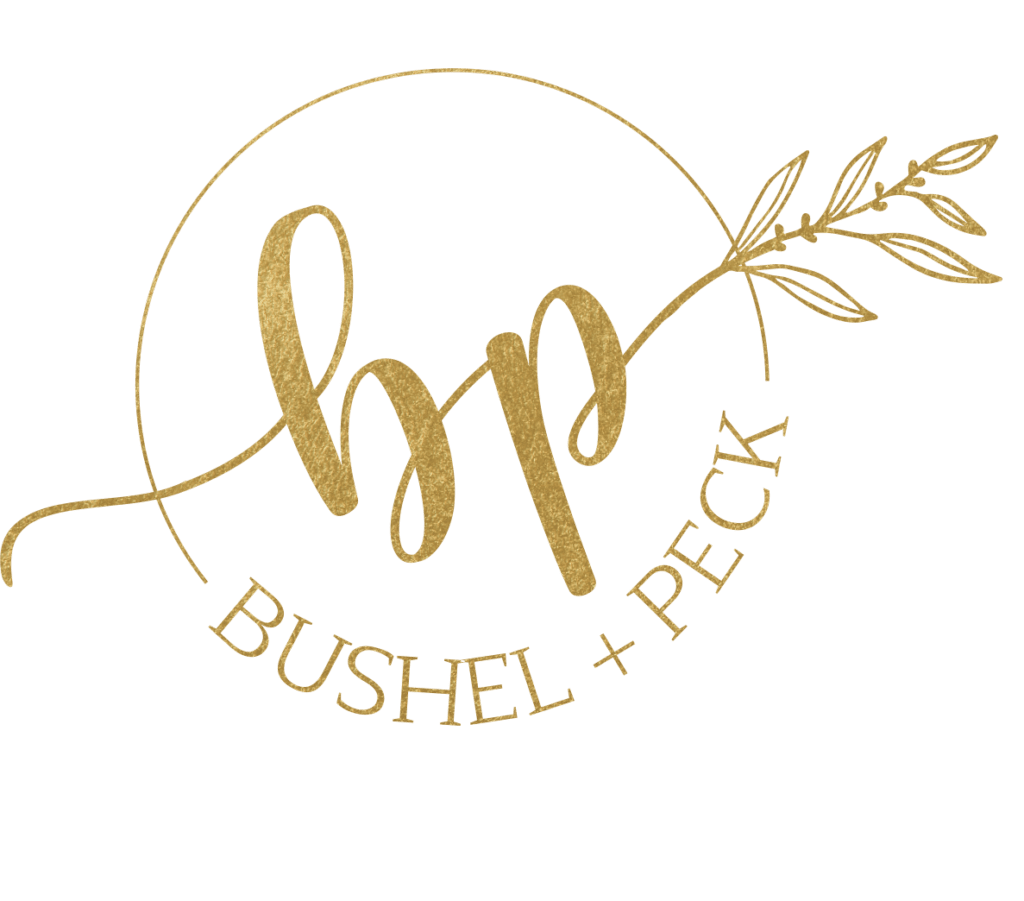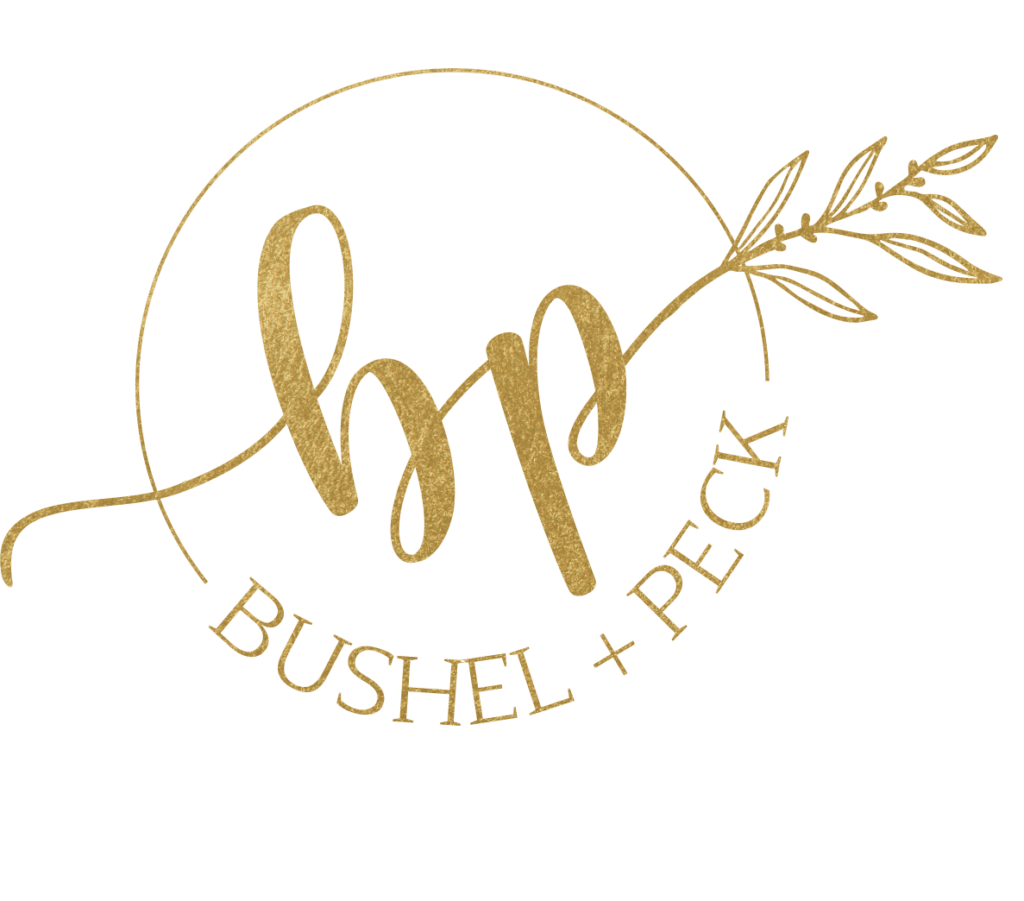10 Jewish Wedding Traditions and How to Capture the Moments!
Every wedding is important. As we preach time, and time again. GET TO KNOW YOUR CLIENT! We believe in this so much, that truly what sets Bushel + Peck apart from other freelance photographers is there is a prescribed process of getting to know our clients. A major part of this is understanding any religious affiliations or traditions that your couple plans to celebrate and or perform. Missing a key moment in a religious ceremony is like missing the first kiss. It’s unacceptable! In this article, we will assist beginning photographers with understanding the fundamentals of shooting a Jewish Wedding including; traditions to look out for, questions to ask, and how to “get the shot.”
What Is a Jewish Wedding?
A Jewish Wedding is a ceremony that builds on the idea of marriage in the Jewish faith. The wedding takes place under a chuppah, which is a canopy-like object symbolizing their home together and the covenant they have made with each other in front of friends and family.
Jewish Weddings 101: Timeline
1. Bedeken: The groom will be escorted to the chuppah ( the chuppah is the canopy where the ceremony will take place) by his mother, father and siblings. At the chuppah, he will greet his bride-to-be with a blessing. This is known as the Bedeken (or veiling) and symbolizes the groom’s commitment to support and protect her.
2. Kiddushin: The officiant will then recite biblical passages depicting love and marriage followed by an exchange of vows and rings. This is known as Kiddushin (or sanctification).
3. Sheva Brachot: Seven blessings are then recited by the officiant and family members, the bride and groom will exchange a glass of wine and drink from two separate glasses.
4. Breaking of the Glass: At the end of the ceremony, the groom stomps on a glass, breaking it into many pieces. This is meant to serve as a reminder of destruction of the Temple in Jerusalem and serves as an important reminder that even in our happiest moments, we are still obligated to remember what we have lost.
What are the 7 blessings at a Jewish wedding?
While probably more helpful for a videographer, these blessings can be an important part of a wedding video. We recommend providing a lapel microphone for the officiant so these can incorporated in a final wedding video. During Sheva Brachot, you can expect the following 7 blessings.
1. Blessings for the Bride and Groom
2. A prayer of joy and gladness
3. A prayer for peace, health, and prosperity
4. A request that the couple be blessed with children
5. A request that they be blessed with love and companionship
6. A request that the couple be blessed with long life
7. The Priestly Blessing
10 Jewish Wedding Traditions & How to Capture it
Each Jewish wedding tradition is important to any couple following the tradition and should be captured. To give beginning photographers some insight on how to capture these important moments we’ve compiled a list of Jewish wedding traditions with an actionable tip for capturing it.
1. Bedeken: Set your camera up at the entrance of the chuppah, either by having a designated photographer or by setting up a camera and wide angle lens, to capture the groom arriving to meet his bride.
2. Kiddushin: This is an important moment for stills. During Kiddushin is when the couple will exchange vows and rings. Set up a camera on the chuppah so you can capture this moment from the front and side. You will want to capture wide shots of the officiant, bride and groom and closeups of their rings.
3. Sheva Brachot: Make sure your sound technician or lapel mic is recording the words of these blessings as they will be meaningful to the couple, friends, and family.
4. Breaking of the Glass: This happens usually right after Kiddushin and the officiant will ask the groom to stomp on a glass that has been placed in front of them. Have one photographer set up behind the couple, as close as possible so they can capture this moment.
5. Yihud: This is a private moment after the ceremony enjoyed by the bride and groom. A great way to capture the moment is to set up a camera on a tripod in the room and let it record for at least 5-10 minutes. Additionally, zoom in on the couple’s faces to fully capture their emotion.
6. Horah: This is a Jewish dance that happens after the couple has been introduced as husband and wife. To capture this, make sure to have enough cameras set up in different angles around the dance floor so you can capture the entire crowd.
7. Hallel: A Jewish prayer and song of praise that happens after the wedding meal. Make sure to keep your cameras rolling here as well so you can capture the joy of this moment.
8. Smashing of the Plate: This is an ancient Jewish tradition where a plate, bowl, or cup is smashed at the entrance of the wedding. Set up a camera to capture this moment, as it will be a great ending shot for any wedding video.
9. Birkat Hamazon: This is a prayer said after meals and during the wedding it is usually accompanied by music and singing. Make sure to keep your cameras rolling here as well so you can capture the joy of this moment.
10. Lifting of the groom called L’Chaim: During this tradition, the groom is lifted onto a chair and drinks from a cup. Have one photographer below the couples to capture their faces as well as one above for an elevated shot of the couple.
As you can see, there are many traditions that need to be captured at Jewish weddings. It’s: This is an act of joy and celebration that happens at the end of the wedding. As always, discuss with your couple which or if all traditions will be practiced. This is a great time to build rapport with having a deep understanding of what may or may not be included already.
Jewish Weddings 101: Questions to Ask your Client
While we have covered many, “typical” Jewish ceremonies within a wedding. Every couple is different! When planning and coordinating with your Jewish couple be sure to ask these questions so you can provide the best possible wedding gallery!
– What traditions will you be including in your day?
– What type of style are you looking for (candid, traditional, photojournalistic)?
– Will there be a Torah ceremony or ketubah signing?
– Are there any special family customs that should be captured?
– Will there be an entrance for the bride, groom or both?
– Will there be a groom’s tisch or other special moments during the ceremony?
– What type of music will be played for the horah and when should that be captured?
– Will there be any unique symbols or items to include in photos (ex. Ketubah, jewish star, etc.)?
Contact our Team at Bushel + Peck for Wedding Photography
At Bushel + Peck we pride ourselves on being experts in By being informed and prepared, these questions will help you to properly capture a Jewish wedding with the knowledge of how each tradition should be portrayed. By being aware of the different Jewish wedding rituals, traditions and blessings you can provide your client with a stunning collection of photos that truly document their special day.
Follow Us on Instagram




